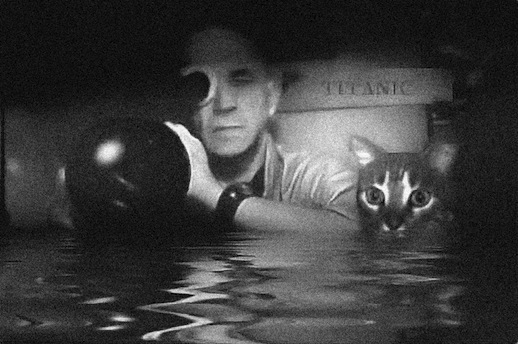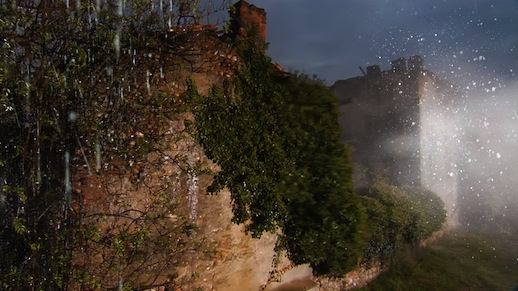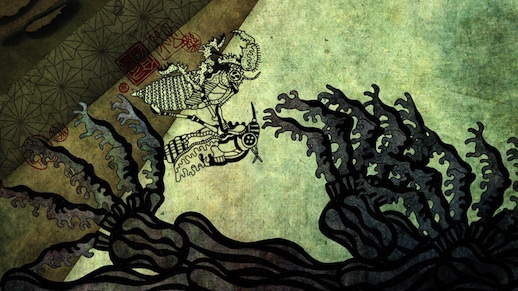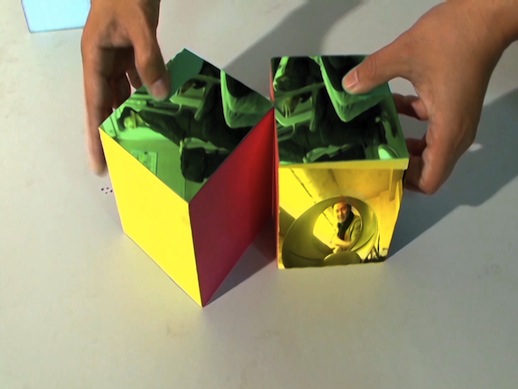Cats, a Locust and the Quake: Hors Pistes Tokyo 2012
Earlier in June, Tokyo saw the sophomore creation for “Hors Pistes Tokyo”, a festival of moving images. Originating at the Centre Pompidou in Paris, this was an event showcasing young and alternative art from France in an international exploration of what it means to make a film or watch a movie.
This year’s drawcard was an extensive program of films by Chris Marker. Marker travelled to Japan during the 1970s, and used this experience for one of his best-known films, ‘Sans Solei’ (1983). A cross between documentary, montage and film-essay, it includes scenes shot in various parts of the globe, including a Tokyo shrine devoted to cats.
With the exception of Marker, “Hors Pistes Tokyo” was all about new creation. It also self-consciously attempted to separate itself from any of the high-brow intellectual stereotypes that people often think of when they think of French culture. Those preconceptions were definitely not a part the screening programs seen at Shibuya’s Uplink cinema. Instead, the program’s emphasis was placed on youth and a fresh, global perspective.

Over a course of three nights, the festival screened a diverse selection of short films. Italian collective, FLATFORM, use the short film format to explore the possibilities of camera trickery. The skills on display in ‘Movimenti di un tempo impossibile’ (2011) are quite subtle. A camera pans across the scene of an old farm cottage. As the camera moves and Maurice Ravel’s ‘String Quartet in F Major’ plays in the background, the seasons seem in quick succession. Rain follows sunshine, snow follows the rain, night follows day, and so on. It’s a rather beautiful study of life in the countryside.
Another film by FLATFORM uses the simplest of camera tricks — stop animation — but adds a twist on the old formula. In a quiet neighbourhood, twelve people perform individual actions. The twist is, these actions are performed twice, in synch, so that a scene shot in the day looks exactly the same as it does at night. The end result looks like a seamless transition from day to night, and back again, without so much as blinking.

Isamu Hirabayashi animated a charming short film called ‘663114’ (2011) about the 66-year life of a locust. He takes what may be the subject of an eco-documentary and makes it into a folktale-like story of the insect’s survival, even in post-quake Japan.
Kentaro Taki’s ‘Tangram’ (2011) also uses March 11 as a theme, but uses a clever montage effect to augment his commentary to do with his personal story of living through natural and unnatural disasters.

Hala Elkoussy’s film, ‘First Story — The Mount of Forgetfulness’ (2010) finished the Wednesday screenings with an intriguing take on the story-telling traditions of Egyptian culture. It begins with the account of the birth of a wise baby, who sees that stories are in danger. Interspersed with song and dance, various residents of the neighbourhood start recalling tales, both traditional and personal, with chronic edits from one story to the next. Elkoussy has made a very self-conscious film about the nature of story-telling, putting timeless oral narratives up against the modern film format.
“Hors Pistes Tokyo” is a unique and welcome event in the city’s art calendar. Centre Pompidou has a focussed interest in media art and moving image, and its side-show in Tokyo has great potential to bring some interesting experiments with film to Japan — from France and beyond — that may otherwise go unseen this side of the globe.

Emily Wakeling
Emily Wakeling



